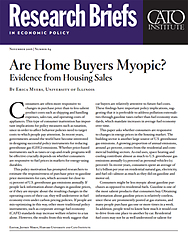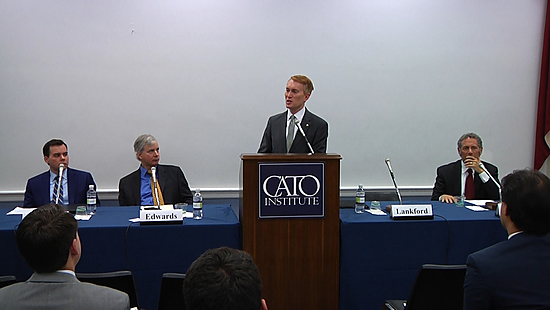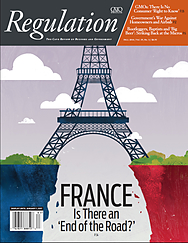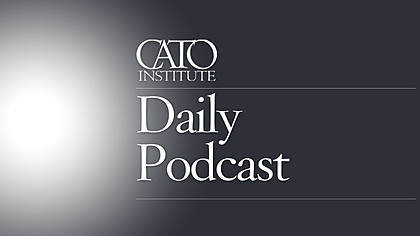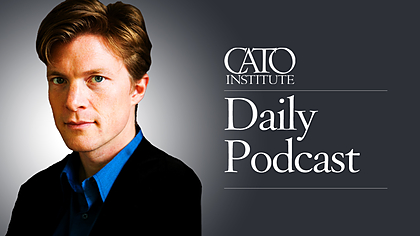The Human Freedom Index presents the state of human freedom in the world based on a broad measure that encompasses personal, civil, and economic freedom. Human freedom is a social concept that recognizes the dignity of individuals and is defined here as negative liberty or the absence of coercive constraint. Because freedom is inherently valuable and plays a role in human progress, it is worth measuring carefully. The Human Freedom Index is a resource that can help to more objectively observe relationships between freedom and other social and economic phenomena, as well as the ways in which the various dimensions of freedom interact with one another.
The report is co-published by the Cato Institute, the Fraser Institute, and the Liberales Institut at the Friedrich Naumann Foundation for Freedom.
The Human Freedom Index - 2016
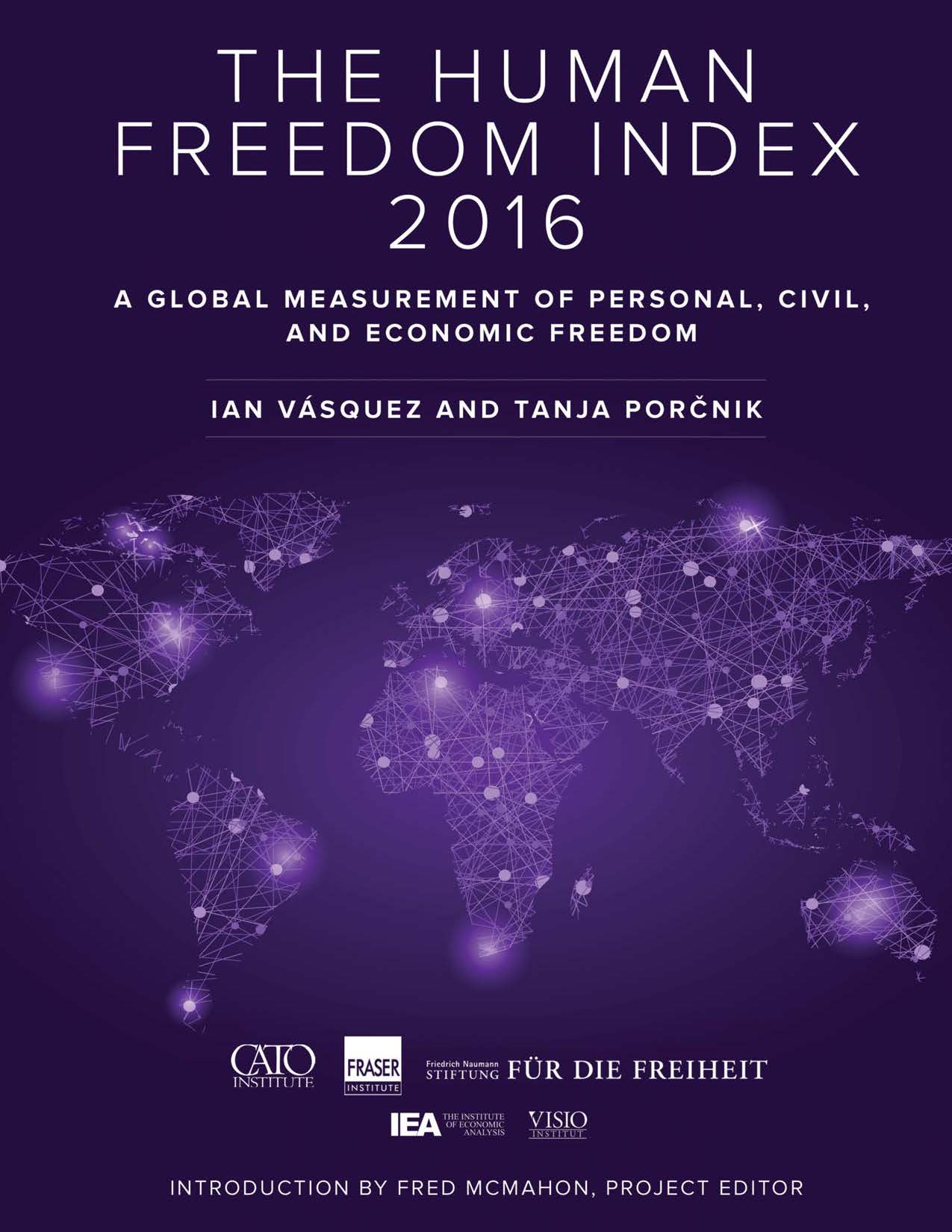 By Ian Vásquez and Tanja Porčnik Full Report PDF Country Profiles PDF Download the data XLSX Figures, Tables and Appendices XLSX |
The index published here presents a broad measure of human freedom, understood as the absence of coercive constraint. It uses 79 distinct indicators of personal and economic freedom in the following areas:
The Human Freedom Index (HFI) is the most comprehensive freedom index so far created for a globally meaningful set of countries. The HFI covers 159 countries for 2014, the most recent year for which sufficient data are available. The index ranks countries beginning in 2008, the earliest year for which a robust enough index could be produced. On a scale of 0 to 10, where 10 represents more freedom, the non-weighted average rating for 159 countries in 2014 was 6.93. The level of global freedom stayed about the same compared to 2008, but almost all countries experienced changes in their ratings, with about half of those increasing their ratings and half decreasing. The top 10 jurisdictions in order were Hong Kong, Switzerland, New Zealand, Ireland, Denmark, Australia (6), Canada (6), the United Kingdom (6), Finland (9), and the Netherlands (10). The United States is ranked in 23rd place. Other countries rank as follows: Germany (13), Chile (29), France (31), Japan (32), Singapore (40), South Africa (74), Brazil (82), India (87), Russia (115), Nigeria (140), China (141), Saudi Arabia (144), Zimbabwe (148), Venezuela (154), and Iran (157). Out of 17 regions, the highest levels of freedom are in Western Europe, Northern Europe, and North America (Canada and the United States). The lowest levels are in the Middle East and North Africa, South Asia, and sub-Saharan Africa. Women’s freedoms, as measured by seven relevant indicators in the index, are strongest or least repressed in Europe and North America and least protected in the Middle East and North Africa, South Asia, and sub-Saharan Africa. Countries in the top quartile of freedom enjoy a significantly higher per capita income ($37,147) than those in other quartiles; the per capita income in the least-free quartile is $8,700. The HFI finds a strong correlation between human freedom and democracy. Hong Kong is an outlier in this regard. The findings in the HFI suggest that freedom plays an important role in human well-being, and they offer opportunities for further research into the complex ways in which freedom influences, and can be influenced by, political regimes, economic development, and the whole range of indicators of human well-being. Read the whole publication PDFCountry Profiles PDFDownload the data XLSXFigures, Tables and Appendices XLSX |
The Human Freedom Index - 2015
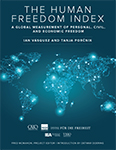 By Ian Vásquez and Tanja Porčnik Download PDF Download the data XLSX Purchase Updated HFI data (Posted February 4, 2016) XLSX |
The index published here presents a broad measure of human freedom, understood as the absence of coercive constraint. It uses 76 distinct indicators of personal and economic freedom in the following areas:
The Human Freedom Index (HFI) is the most comprehensive freedom index so far created for a globally meaningful set of countries. The HFI covers 152 countries for 2012, the most recent year for which sufficient data is available. The index ranks countries beginning in 2008, the earliest year for which a robust enough index could be produced. This preliminary report was updated (using data for 2013) and will be subsequently presented and updated on a yearly basis. On a scale of 0 to 10, where 10 represents more freedom, the nonweighted average rating for 152 countries in 2012 was 6.96. The level of global freedom stayed about the same compared to 2008, but almost all countries experienced changes in their ratings, with about half of those increasing their ratings and half decreasing. The top 10 jurisdictions in order were Hong Kong, Switzerland, Finland, Denmark, New Zealand, Canada, Australia, Ireland, the United Kingdom, and Sweden. The United States is ranked in 20th place. Other countries rank as follows: Germany (12), Chile (18), Japan (28), France (33), Singapore (43), South Africa (70), India (75), Brazil (82), Russia (111), China (132), Nigeria (139), Saudi Arabia (141), Venezuela (144), Zimbabwe (149), and Iran (152). Out of 17 regions, the highest levels of freedom are in Northern Europe, North America (Canada and the United States), and Western Europe. The lowest levels are in the Middle East and North Africa, Sub-Saharan Africa, and South Asia. Women’s freedoms, as measured by five relevant indicators in the index, are most protected in Europe and North America and least protected in South Asia, Sub-Saharan Africa, and the Middle East and North Africa. Countries in the top quartile of freedom enjoy a significantly higher per capita income ($30,006) than those in other quartiles; the per capita income in the least-free quartile is $2,615. The HFI finds a strong correlation between human freedom and democracy. Hong Kong is an outlier in this regard. The findings in the HFI suggest that freedom plays an important role in human well-being, and they offer opportunities for further research into the complex ways in which freedom influences, and can be influenced by, political regimes, economic development, and the whole range of indicators of human well-being. Read the whole publication PDFDownload the data XLSXPurchase |

